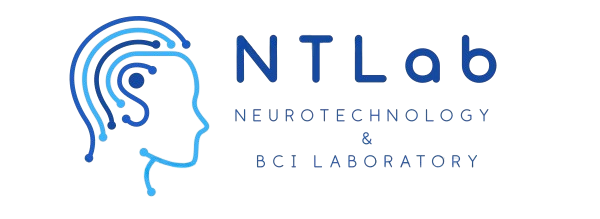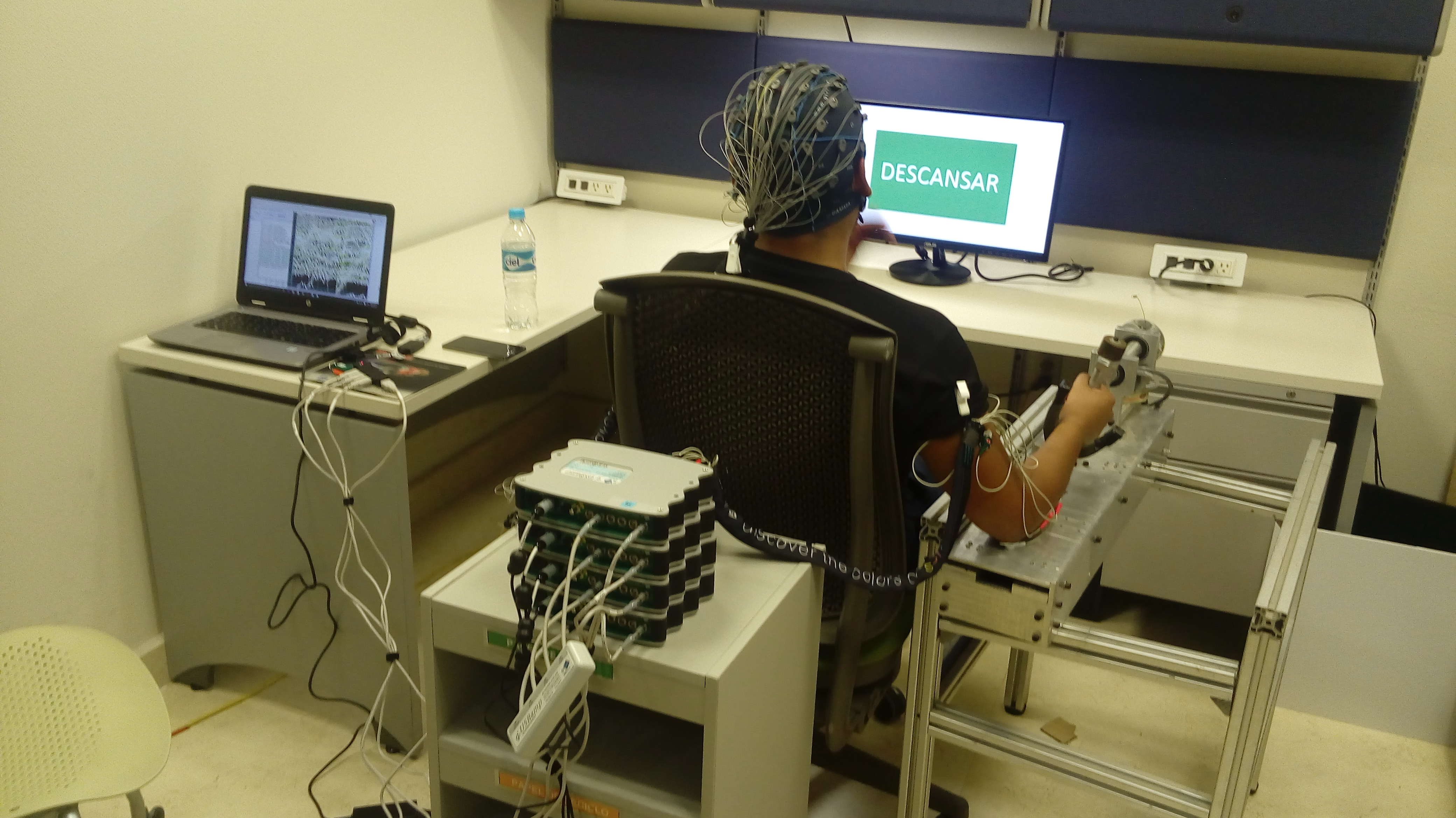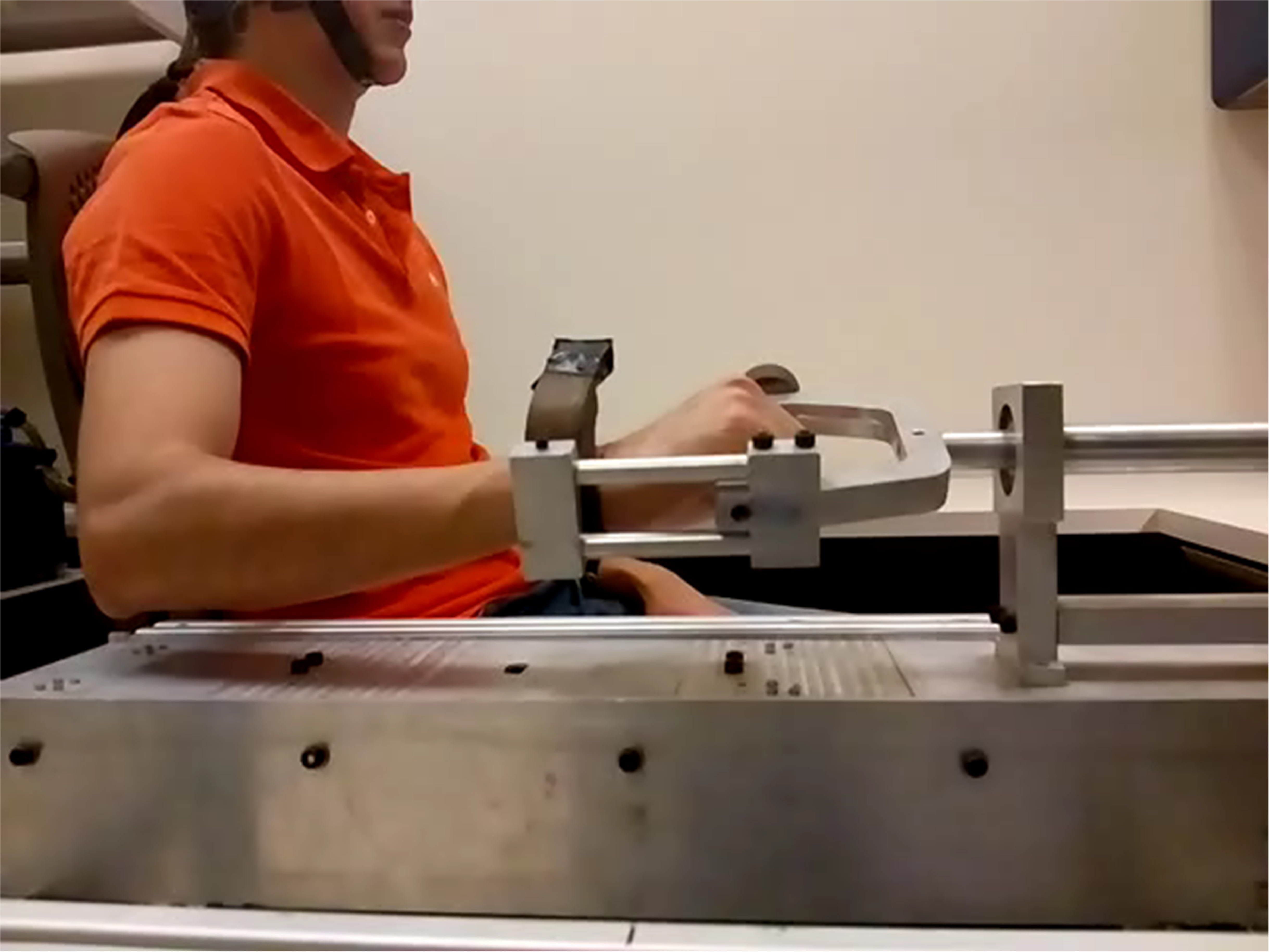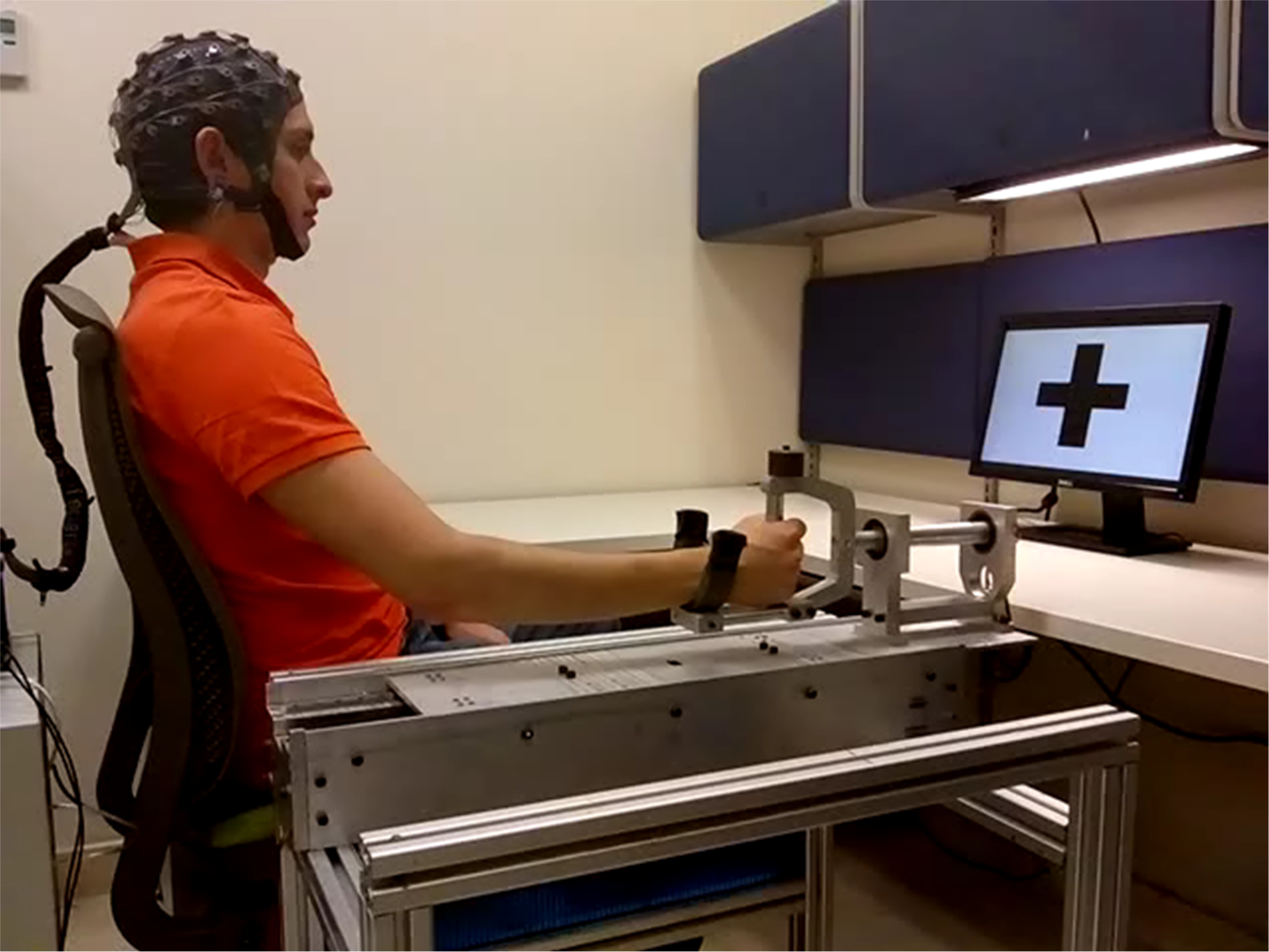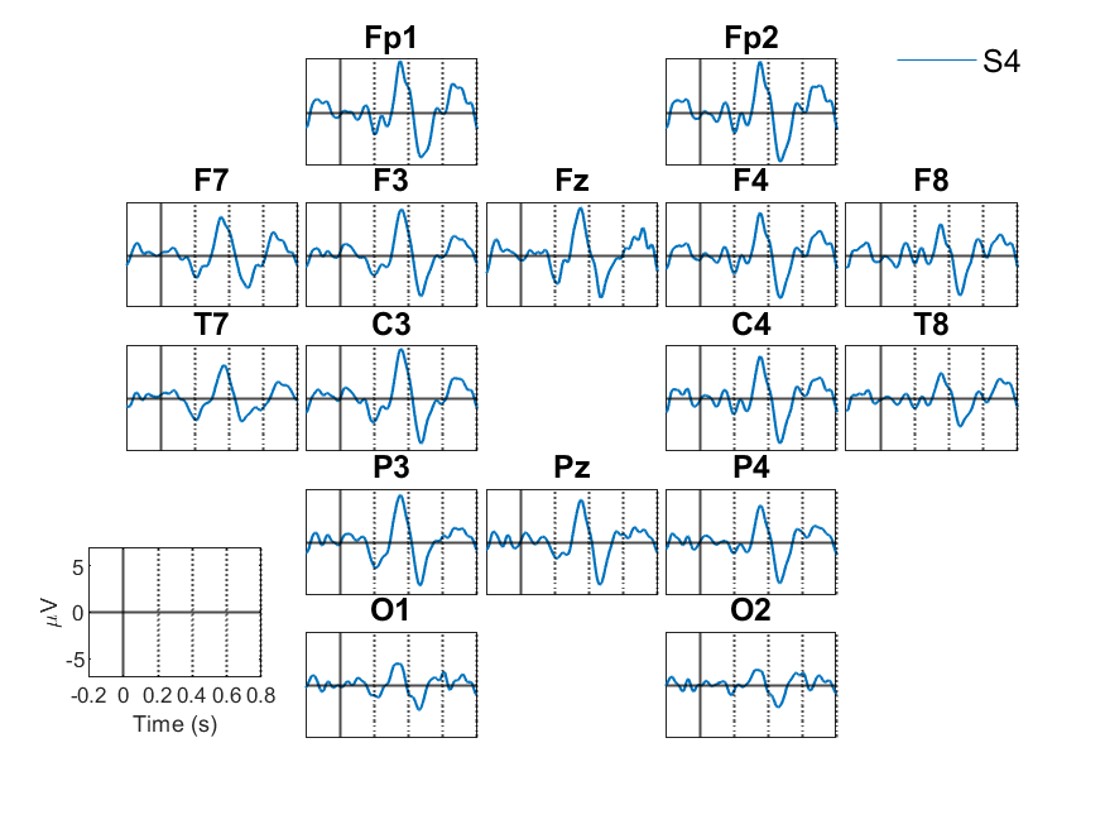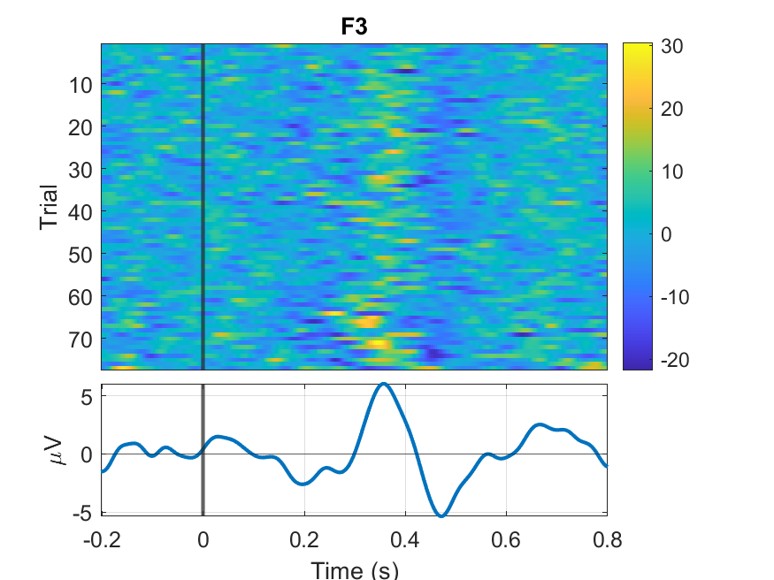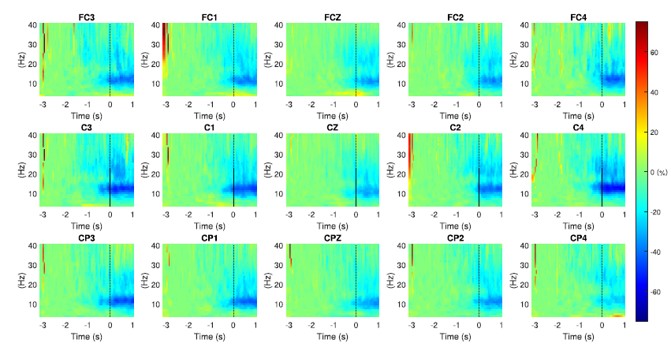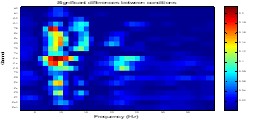Early detection of self-selected, self-initiated and self-paced upper limb movements from EEG/MEG signals
Decoding natural motor intentions for more intuitive BCIs
Decoding Natural Upper Limb Movements from Brain Signals
Recognizing natural movement information through EEG signals is a critical task for achieving more natural control in brain-computer interfaces (BCIs). This project aims to analyze brain activity during self-initiated and self-paced upper limb movements to decode motor information. Several experiments have been conducted with participants performing upper limb movements in various daily life and rehabilitation scenarios. Recorded EEG and behavioral data have been studied to explore neural oscillations before initiation and during movement execution. Our goal is to identify novel brain features and develop effective classification strategies for the early recognition of natural movements.
Research Focus
-
Movement Types:
- Self-selected movements
- Self-initiated actions
- Self-paced execution
- Signal Analysis: EEG/MEG neural oscillations
-
Application Scenarios:
- Daily life activities
- Rehabilitation settings
- Goal: Early movement intention detection
Project Highlights
- Technology: EEG/MEG Signal Processing
- Application: Natural Movement BCIs
- Key Feature: Early intention detection
Technical Details
System Components
- EEG/MEG Acquisition System
- Movement Tracking Sensors
- Neural Oscillation Analyzer
- Movement Classification Algorithms
